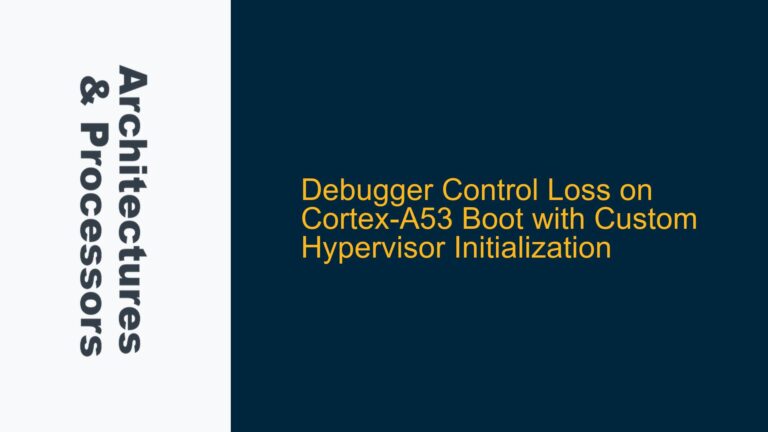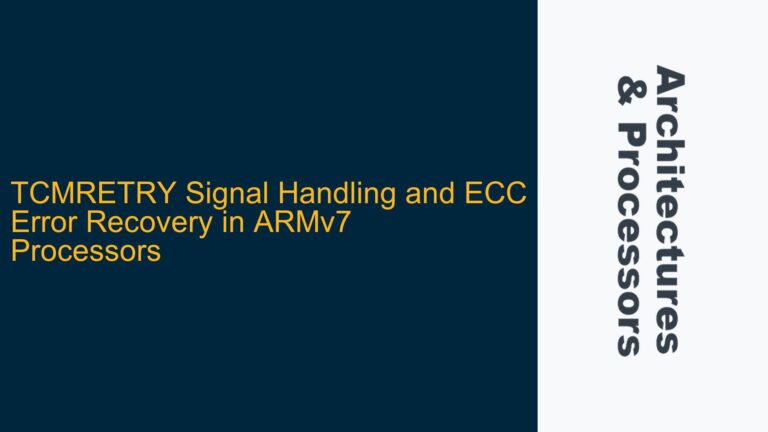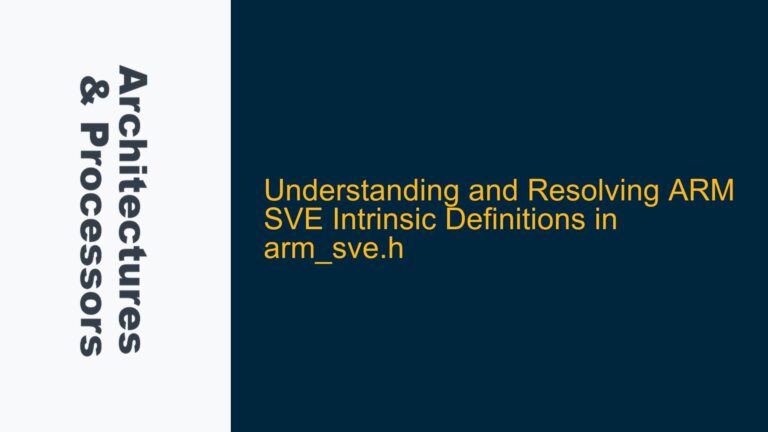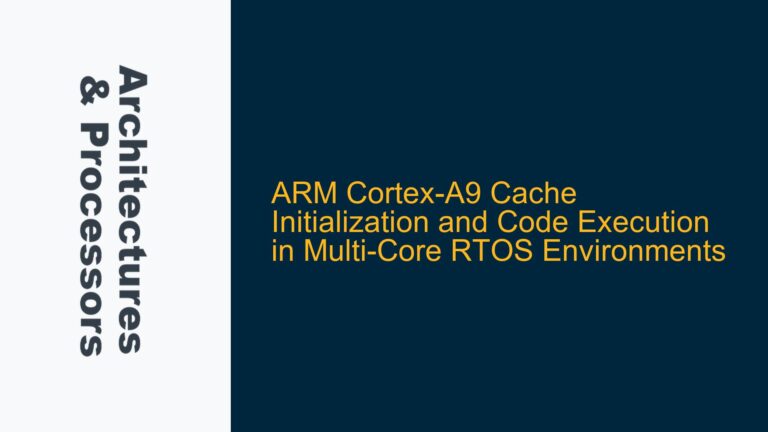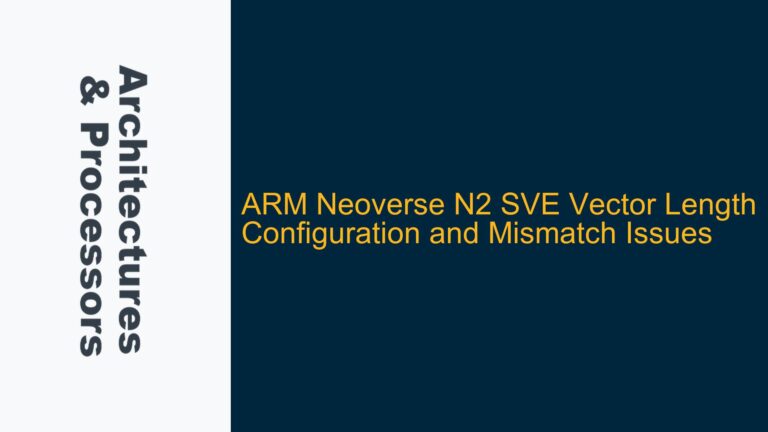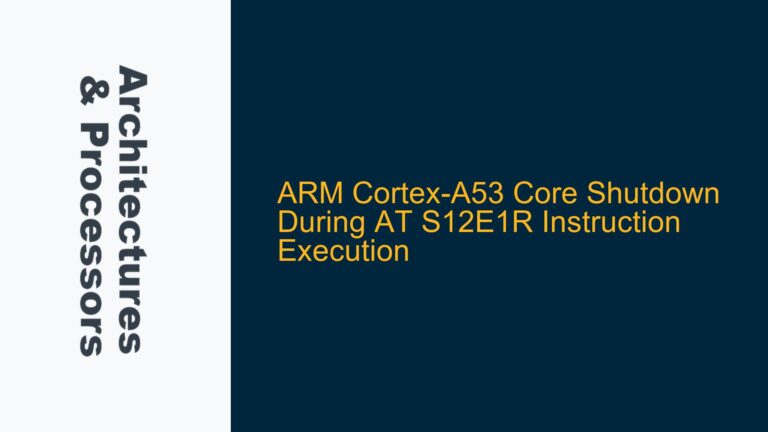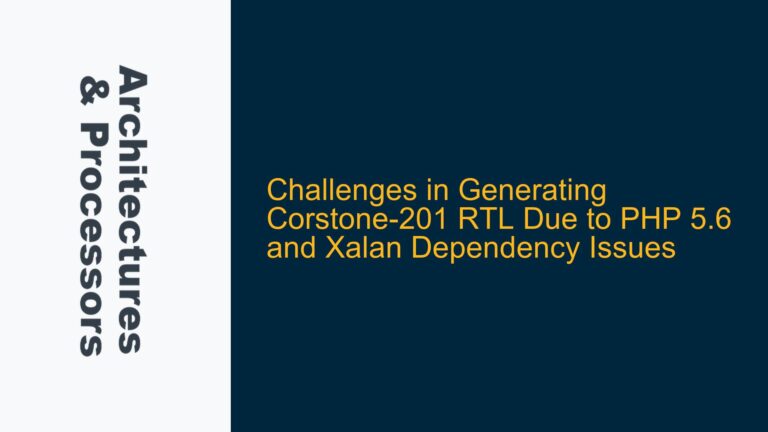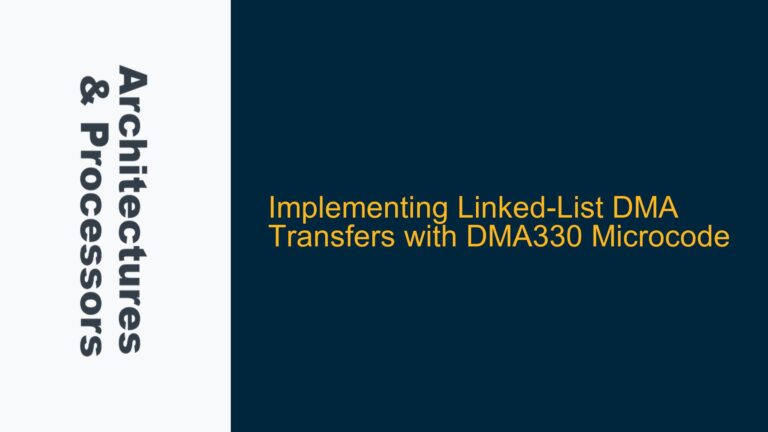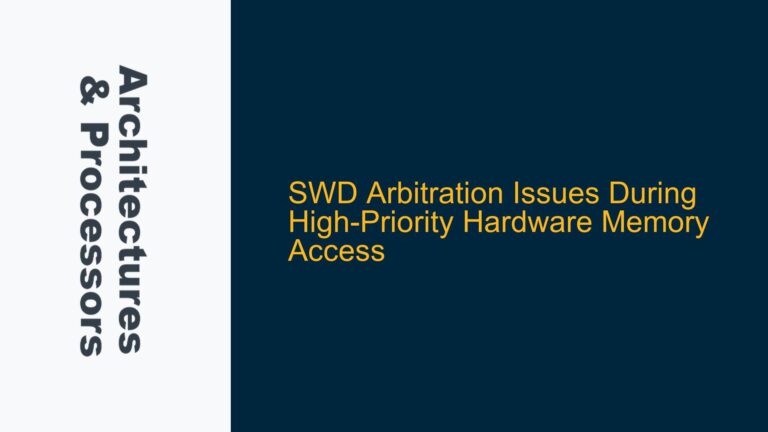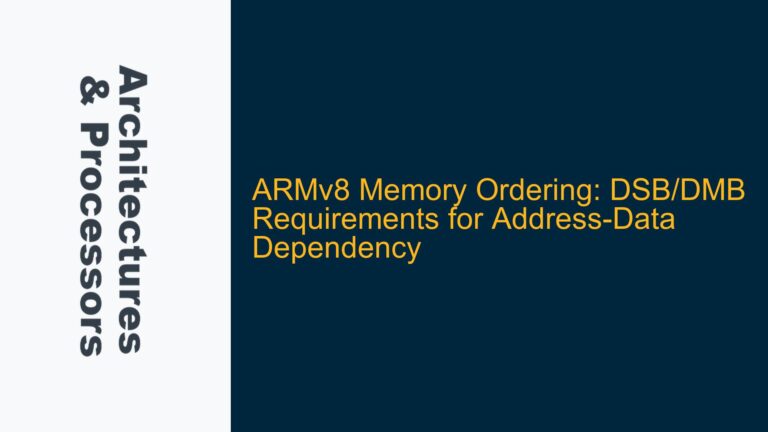Debugger Control Loss on Cortex-A53 Boot with Custom Hypervisor Initialization
Cortex-A53 Debugger Disconnection During Hypervisor Boot at EL2 The core issue revolves around the loss of debugger control when booting a Cortex-A53 core on an S32G2 platform using a custom Type 1 Hypervisor. The hypervisor runs at Exception Level 2 (EL2) and is initialized by a Cortex-M7 core. While the system operates correctly when booted…
